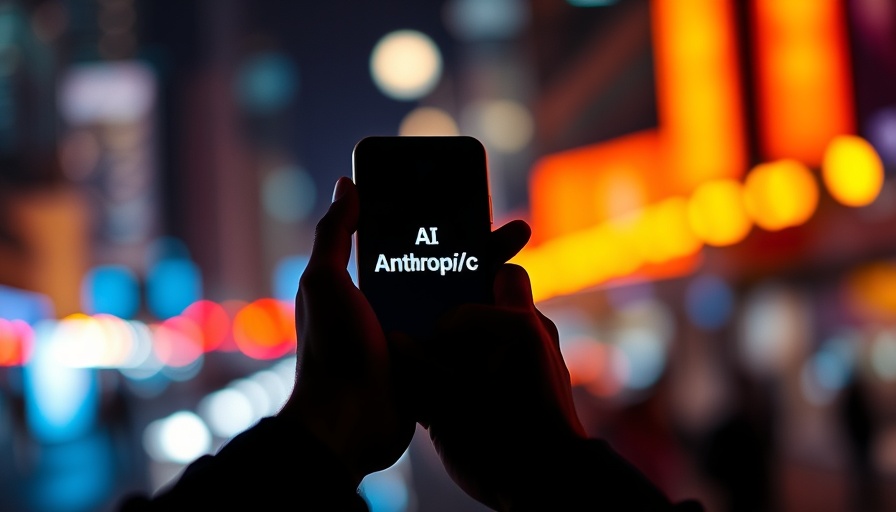
The Implications of the Court's Decision on AI Development
The recent ruling by a California judge has significant implications for the future of AI development, particularly for companies like Anthropic, the makers of Claude AI. By denying Universal Music Group's request for a preliminary injunction, the court managed to shine a light on the complex intersection of AI technology and copyright law. The music publishers’ claims—that Claude AI had infringed on copyrights by using song lyrics—raised questions on how AI systems can learn and operate without infringing on intellectual property rights. This could pave the way for more robust discussions on the use of copyrighted material in training AI models.
Understanding Copyright Infringement in AI
Copyright infringement in AI contexts is a rapidly evolving issue, especially as technologies like Claude AI become more sophisticated. The judge's decision to allow Anthropic to continue its operations underlines the necessity to differentiate between data usage for training AI and direct plagiarism. While the immediate threat of legal restriction has been lifted, the case does not settle the larger issue of fair use in AI, which remains a grey area in legal terms. How courts will handle such cases in the future remains unclear, raising questions for both tech developers and content creators.
Comparative Cases: What History Teaches Us
Similar cases in the past can help us understand how legal precedents are set. For instance, the controversial case regarding Google's book-scanning project faced significant backlash from publishers yet ultimately resulted in clarifications of fair use and transformative use standards. The current case involving Anthropic might not be the final word on AI training methodologies, but it can influence how future litigations unfold.
Future Predictions: How Will AI Companies Adapt?
Looking ahead, one can predict a greater focus on creating transparent models that respect copyright laws while also fostering innovation. Companies like Anthropic may invest in developing frameworks or guidelines that clarify how to responsibly train AI models using existing content. This proactive approach could not only help mitigate legal risks but also build trust among creators and consumers alike.
Counterarguments: Voices of Concern
Despite the judge's ruling, there are numerous voices expressing concern over the potential consequences of allowing AI models like Claude to utilize copyrighted materials. Some argue that this creates a slippery slope where the rights of artists may be diminished. This dissenting perspective highlights the need for a balanced approach that considers the interests of both technology developers and content creators.
Conclusion: Navigating the Future of AI and Copyright
The unfolding narrative between AI development and copyright issues is marked by uncertainty and complexity. As the ruling stands, tech innovators like Anthropic find themselves at a crossroads. It remains crucial for the industry to engage in thoughtful dialogue about how to balance technological advancement with respect for artistic rights and intellectual property. Continued vigilance will be essential as we move forward in this rapidly changing landscape.
 Add Row
Add Row  Add
Add 




 Add Row
Add Row  Add
Add 

Write A Comment